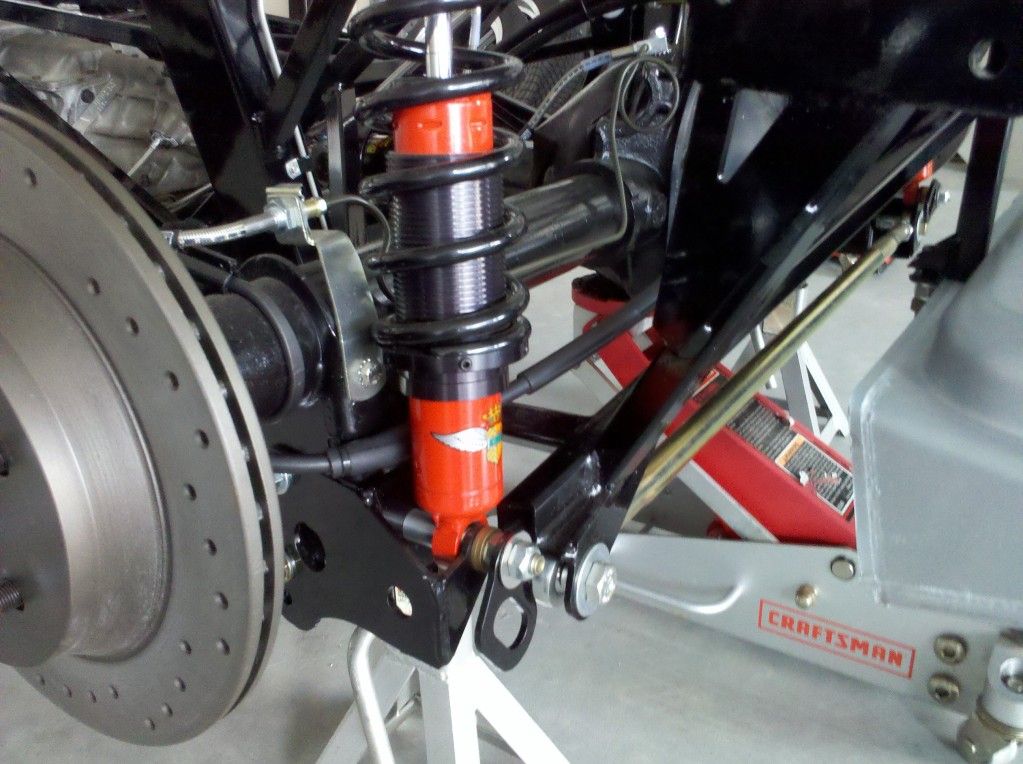Whats the reason(s) to have used part on a almost new car? After all, we spend so much money on the kit, it would not make sense to use donor (used) or does it? Just throwing out that question out there. :-)
- Home
- Latest Posts!
- Forums
- Blogs
- Vendors
- Forms
-
Links

- Welcomes and Introductions
- Roadster
- Type 65 Coupe
- 33 Hot Rod
- GTM Supercar
- 818
- Challenge Series
- 289 USRCC
- Coyote R&D
- Ask a Factory Five Tech
- Tech Updates
- General Discussions
- Off Topic Discussions
- Eastern Region
- Central Region
- Mountain Region
- Pacific Region
- Canadian Discussions
- Want to buy
- For Sale
- Pay it forward
-
Gallery

- Wiki-Build-Tech


 Thanks:
Thanks:  Likes:
Likes: 

 Reply With Quote
Reply With Quote








 . Really nice. I see now the execution of the vintage/authentic look in the car. I have been studying the links you sent me previously in response to my post on getting started. The more I study these the more I feel like going authentic as possible in the cockpit, engine compartment, and exterior.
. Really nice. I see now the execution of the vintage/authentic look in the car. I have been studying the links you sent me previously in response to my post on getting started. The more I study these the more I feel like going authentic as possible in the cockpit, engine compartment, and exterior.